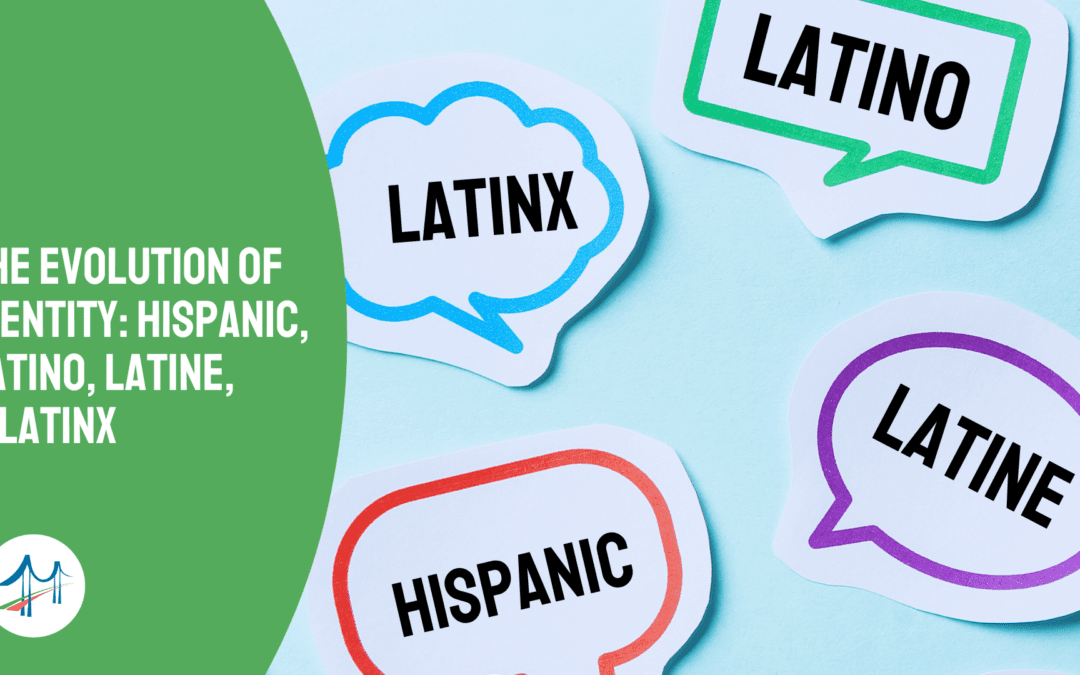In recent years, debates surrounding Hispanic identity have intensified, especially with the rise of alternative terms like Latinx and Latine aimed at making language more inclusive. These terms are seen as ways to offer gender-neutral alternatives to the traditionally gendered language used in Spanish, but their adoption remains limited.
Understanding “Hispanic” and the Debate
The term Hispanic has long served as an umbrella label for people in the U.S. with roots in Latin America or Spain. While it is widely used in governmental and societal contexts, the term erases distinctions among the many nationalities, races, and cultures it encompasses. For many, Hispanic and its counterpart, Latino/Latina, are insufficient in describing the complexity of their identity.
According to recent Pew Research findings, 81% of U.S. Hispanics prefer either Hispanic or Latino as descriptors, while terms like Latinx and Latine are far less popular. However, the awareness of Latinx has doubled since 2019, with nearly 47% of Hispanics having heard of it, though only 4% actually use it. While Latine is even less known, used mainly in academic and activist circles, it is gradually gaining visibility, particularly among younger, college-educated individuals.
Latinx—Growing Awareness, But Low Adoption
The rise of Latinx as a gender-neutral alternative in the U.S. has been marked by controversy. Initially introduced in the early 2000s, its use gained traction in activist and academic spaces, aiming to address the limitations of gendered Spanish language. However, despite a substantial increase in awareness, its use remains minimal among the general Hispanic population. The Pew report reveals that only 4% of Hispanic adults use Latinx to describe themselves, a number that has not changed significantly since 2019.
Many critics argue that Latinx disrupts the grammatical structure of the Spanish language, where the letter ‘x’ is not commonly used in the way it is applied in English. This linguistic dissonance makes Latinx difficult for native Spanish speakers to adopt. Moreover, 75% of Hispanics who are familiar with the term believe it should not be used to describe the community, highlighting the widespread resistance to the term.
The Emergence of Latine
In contrast to Latinx, Latine is a gender-neutral term that follows the grammatical rules of Spanish more closely. It replaces the masculine -o and feminine -a endings with -e, which many find easier to incorporate into spoken and written language. Latine has seen growing popularity on university campuses and among activists. However, like Latinx, it remains unfamiliar to most U.S. Hispanics—only 18% of respondents in the Pew survey had heard of the term.
Despite the linguistic appeal of Latine, its adoption faces similar challenges to Latinx term. Some argue that while these terms address gender inclusivity, they are not representative of the broader Hispanic community, especially for older generations or those more comfortable with traditional terms like Hispanic and Latino/Latina.
Preference for National Identity
For many Hispanics, national identity remains central to their self-identification. Labels like Cuban-American, Mexican-American, and Puerto Rican are favored over pan-ethnic terms. This reflects the diversity within the Hispanic population, where country of origin often carries more personal significance than broader terms like Latinx or Latine. In the Pew survey, 52% of respondents preferred identifying with their country of origin rather than using broader labels.
The Future of Hispanic Identity
The evolving nature of identity within the Hispanic community reflects broader societal shifts toward inclusivity and diversity. However, as seen in Pew’s findings, most Hispanics are resistant to adopting newer gender-neutral terms like Latinx or Latine. Instead, traditional identifiers like Hispanic and Latino/Latina continue to dominate, with many opting to describe their identity through a national lens.
Also, language, the ability to speak Spanish, to any degree of fluency is often mistakenly used to validate whether a Hispanic/Latino is sufficiently “Hispanic.” To clarify, a Latino, especially 2nd and 3rd generation is still fully Latino/Hispanic regardless of language fluency.
As awareness grows, it will be interesting to see how these identity labels evolve and whether newer terms will gain wider acceptance. For now, the debate over terminology continues to reflect the complexity of the Hispanic population in the U.S. and entities seeking to engage Latinos, need to invest in market research, in the industry and target geographic regions to confirm their consumers’ preferences… In essence, back to basics: “Know your audience.”
Image: Speech bubbles by @ChristianChan from Getty Images Pro


